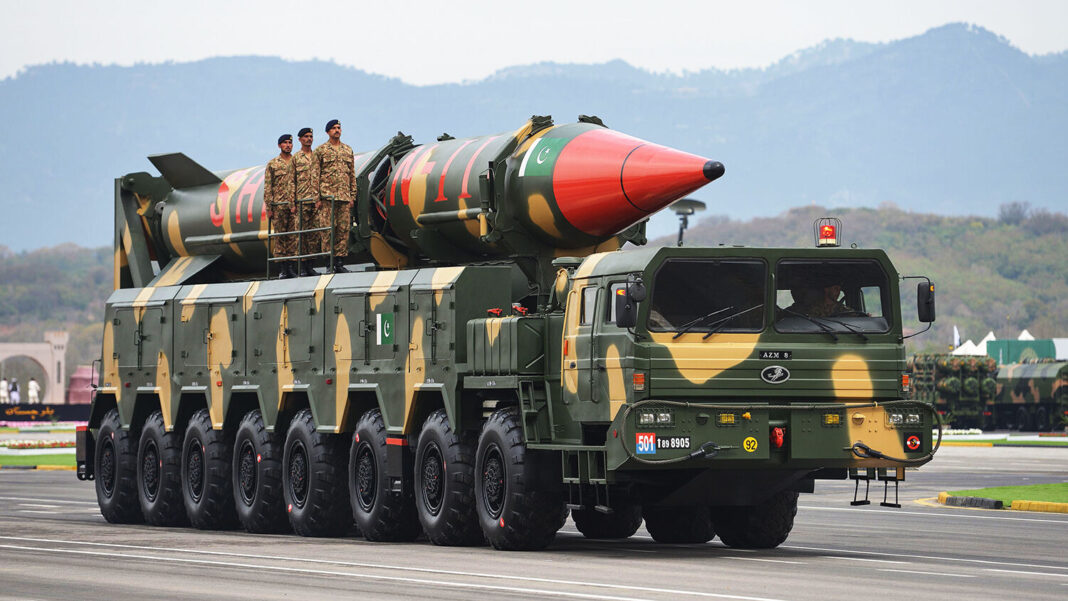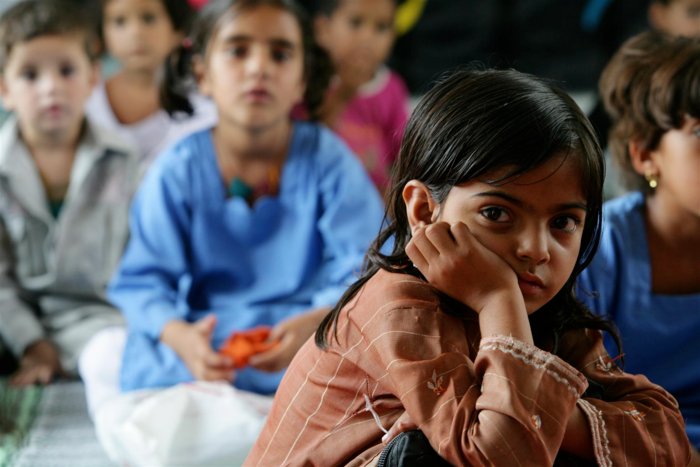By: Arslan Mehndi Nekokara

Nuclear power can address the world’s energy emergency; yet, it must be set free from the state’s deterrence component. Pakistan is one of the nine nations on the planet with atomic weapons. It records the atomic elites, including our country, as the US, Russia, the UK, China, France, India, North Korea, and Israel. Pakistan, a country rich in geopolitical significance and history, is confronting various challenges that could decide its future way. The increasing expense of oil worldwide, the declining worth of the Pakistani rupee, and the inside political and economic strife in the country are adding to the state’s change into energy uncertainty. Even though its atomic program represents pride in the country and deterrence, the inefficiencies in our energy sector pose a danger to economic stability and development. Given the present geopolitical climate, which incorporates the conflict between Russia and Ukraine as well as the pressures in the Middle East, there is a need to diminish reliance on fossil fuels and increment the utilization of nuclear power for serene purposes.
As per the Pakistan Bureau of Statistics, energy deficiencies brought about a 5.7% drop in industrial production for the fiscal year 2023-2024. Right now, there are around 20,300 megawatts of power created, while 26,000 megawatts of electricity is the requirement. it impacted directly daily wage workers, laborers, and the industry sector are particularly helpless since they need to manage rising operating costs. Presently, fossil fuel accommodates 63% of Pakistan’s energy supply, while nuclear energy and renewable energy accommodate the remaining 37% (GOP, 2023). In order to encourage private sector participation in renewable energy projects and reduce dependency on imported fuels, the government must fund infrastructure projects and offer incentives.
Nuclear energy fills the gap of 7% of Pakistan’s whole energy need, the country runs various nuclear power plants, for example, the Nuclear energy plants in Karachi KANUPP-1, K-2, and K-3 adding 1,100 MW of electricity to the national grid. In addition, the K-2 and K-3 units have created a significant number of job opportunities, supporting over 10,000 direct jobs and over 40,000 indirect jobs. Another, four reactors that make up the Chashma Nuclear Energy Station (CHASNUPP) have a capacity of around 1,330 MW. In the latest addition, the Pakistan Atomic Energy Commission (PAEC) is working on the Hualong One reactor with China as a fifth unit at Chashma, assigned C-5 which will add 1200MW power to the energy sector of Pakistan by 2029 (NTDC Power System Statistics 2022 and GOP, 2023).
This energy output is comparable to a reduction of 3.12 million tons of coal consumption, preventing the annual emission of 8.16 million tons of carbon dioxide into the environment. These plants are vital components of Pakistan’s energy infrastructure, but they aren’t being utilized to their full potential just yet. According to Daniel Yergin in “The Quest: Energy, Security, and the Remaking of the Modern World,” nuclear energy creates a special connection between energy and economic stability, which the world should take advantage of it to ensure its long-term economic growth and stability.
In order to achieve these goals under its Nuclear Energy Vision 2050 (Pakistan’s Alternative and Renewable Energy (ARE) Policy 2020) the state envisions an atomic power-creating capacity of 40,000 MW and has put forth itself an objective of producing 8,800 MW of nuclear power by 2030 in order to combat the ongoing energy crisis. Pakistan has chosen eight more sites for the building of nuclear power plants, for a total of 32 nuclear power plants (NPPs) at each location, in order to achieve these goals. It is anticipated that these facilities would supply 25% of the nation’s energy needs by 2050.
Pakistan has a well-established nuclear program; however, developing an effective nuclear power generation system is fraught with difficulties. First, there are significant losses from the outdated and ineffective transmission and distribution infrastructure, estimated to be between 18 and 20 percent of the power generated. Second, corruption and ineptitude plague the governance of the energy industry, making it challenging to carry out programs successfully. Third, as of early 2024, the cyclical debt crisis—a situation in which debt accumulation occurs inside the energy supply chain—has reached around PKR 2.5 trillion ($15.5 billion), discouraging investment and extending the period of financial instability.
The successful use of nuclear energy has the potential to revolutionize Pakistan’s energy sector. The struggling state can address its energy crisis in a sustainable way by investing in public awareness and grid modernization, strengthening international collaborations, putting the most qualified individual in charge, increasing nuclear capability, and receiving governmental commitment and support. Pakistan’s larger developmental objectives are in line with nuclear energy’s path to energy security, economic stability, and environmental sustainability. Pakistan may meet its current and future energy needs by fully utilizing nuclear energy through strategic planning and cooperative efforts.
The writer is [email protected]



